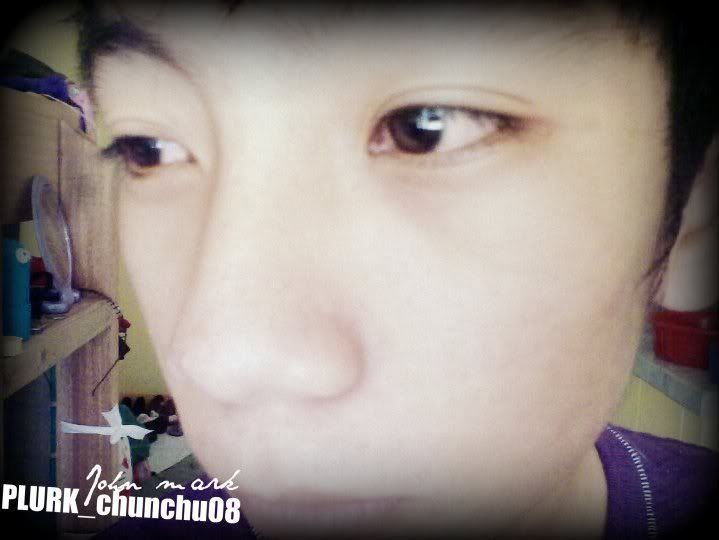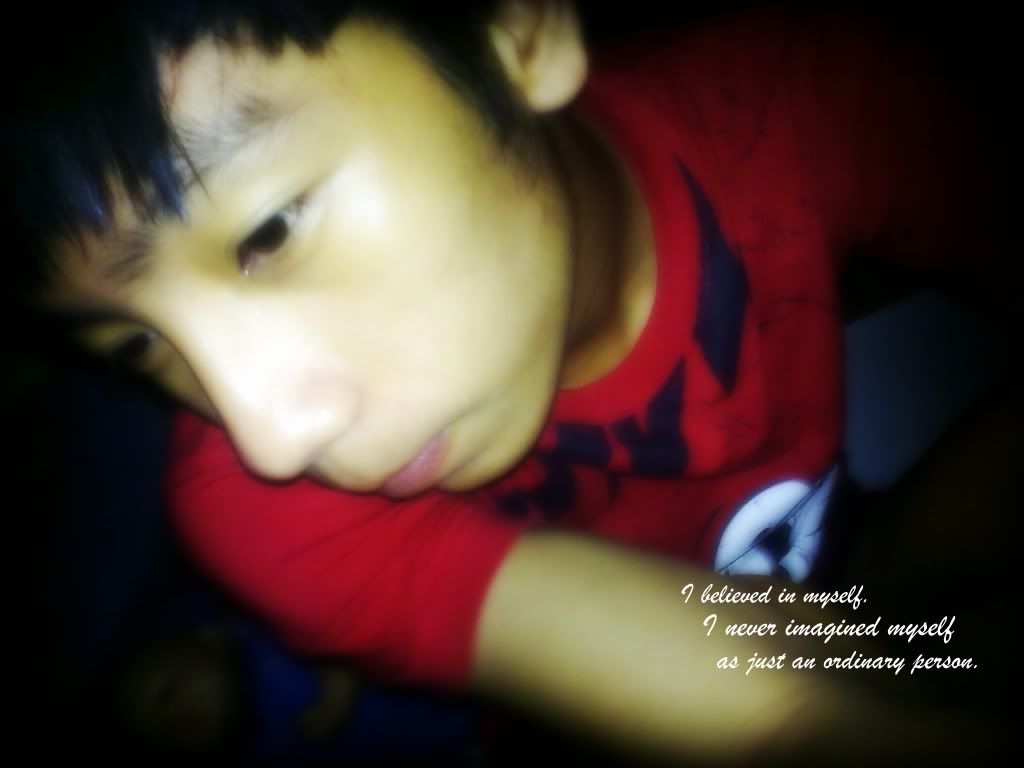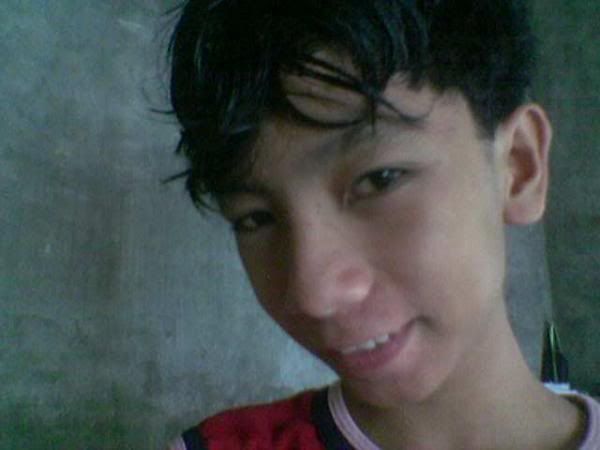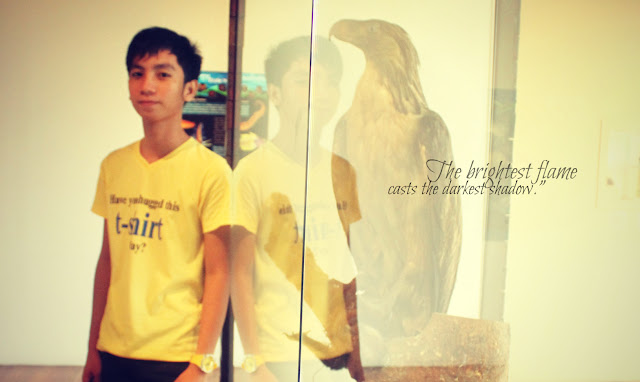THE NATIONAL MUSEUM OF THE PHILIPPINES
It was a sunny morning of August 27, 2012 when I and my
friends(Janeal Jandayan, Kristel Garcia and Keyzl Fagarang) decided to have a journey to the National Museum of the Philippines in
Manila.
The building itself is surprising due to its architectural
design. It was established on October 29, 1901 as the Insular Museum of
Ethnology, Natural History and Commerce. According to the signage beside the
entrance, it ended up changing names for so many times until President Fidel V.
Ramos signed Republic Act 8492 in 1998 establishing the building as “National
Museum of the Philippines” in commemoration with the 100 years of Philippine
Independence.
The Philippine National Museum
We first went to the “Royal Botanist in the Philippines” in
the second floor. It displays the drawings of Juan de Cuellar from the archives
of the Real Jardin Botanica. It described Sorsogon as the most beautiful harbor
produced by nature. The collection represents a unique and priceless depiction
of the Philippine plants.
Just at the end of the hallway is the “Artistry of the
Philippine Textiles” (Hibla ng Lahing Pilipino) showing the different fabrics
used by our ancestors like the Bark which was recorded in early 1622, Abaca
which was documented as early as 1573 and a lot more. The different traditional
clothing were also in display like the Owes (Abra), Finangulawan (Mountain
Province), Pis Siyabit (Sulu), Kinuttian (Ifugao), a woman’s blouse Pamokan and
a man’s trouser Salual. This proves that the early Filipinos are already elegant
when it comes to clothing. Cloth has become one of the markers of ethnic
identity but the wearers have different intentions and method of using those
clothes as a badge of their identity.
The PAMOKAN and SALUAL.
On the third floor, we came across those Fossils that were
found in the Philippines. The Sperm Whale which was found in Torrijos,
Marinduque really caught our attention because of its large size, almost
occupying the whole lobby. Some fossils include the teeth of Giant Whale Shark
found in Bolinao, Pangasinan and the Skeleton of Python and Carabao found in
Cagayan Valley.
The Gian SPERM WHALE.
On the first floor, we found a room which includes a Zoning
Plan of Manila made in 1933 and a lot of paintings like "Post Office Building
destroyed during World War II", "Metropolitan Theatre" (1931) and "Jones Bridge" (1921).
Among my favorites are the two paintings related to Magellan’s
rediscovery of our lovely country. The first was Vicente Manansala’s depiction
of the “Planting of the First Cross” painted in 1965 and Carlos V. Francisco’s
painting of “First Mass in Limasawa”, 1965. Those two are located in the Hall
of National Artists for the Visual Arts along with the Sarimanok, and different
sculptures.
Vicente Manansala's 'Planting of the First Cross'
We also visited the "PAMANA: Heritage of the Nation" which
presents sketches and memorabilia of Fernando Amorsolo. Infront of the façade is
the Hall of Masters (Bulwagan) presenting the works of Luna and Hidalgo. The
big SPOLIARIVM amazed us and made us think how great Antonio Luna is. Just
opposite the Spoliarium is Felix Hidalgo’s La Tragedia de Gobernador Bustamante
(Assassination of Governor Bustamante and His Son). There were also lots of
letters written in Spanish reminding us the influence of Spain to our civilization.
Antonio Luna's SPOLIARIVM.
The Museum was undergoing a major renovation during our
visit so we weren’t able to see some of the exhibits. It was on our way out of
the building when we realized that we visited the “National Gallery of Arts”.
We found out that the main National Museum is actually the “Museum
of the Filipino People” located in the former Department of Finance building. The
only time I went to this place was when we were required to visit the place as
part of arts appreciation in our History class. I find it strange and a bit of
shame to have not been visiting our very own museum, while I find time to
explore other museums. In our two-hour tour, I never get bored, but just
consistently captivated by the different artifacts which I only read on books,
or cannot be even found in the book.
First, we entered a room which features
the San Diego. It is a warship that sank in the sea of Fortune Island, Nasugbu,
Batangas in 1600. The said exhibit has been all around the world until it
landed permanently in our National Museum. I was really startled on the
artifacts that were recovered in the shipwreck site in 1992 which is nearly 400
years later. It includes cannons, porcelains, coins and katanas (swords). It
also includes a life-like representation of the actual Archeological excavation
of the wreck site in 1992. I am really proud of our museum presenting the
artifacts in a modern way to keep it more interesting to the younger
generation, by means of adding light effects and styles on every artifact.
SAN DIEGO (war ship) Wrecksite
On the middle of an open space, we found the Ifugao
house or the Ayangan House. The heavily thatched
roof serves as protection against the rains and cold weather. It also includes
a gallery called the “batalan” and the “silong” which was mentioned in our
book.
On the second floor, we then again saw different jars and
cannons which are a little bit typical already for a museum. We also saw a
visual representation of the San Diego ship which made me realized that our
ancestors had a brilliant mind and a great engineering skill even without a
formal education. Who would have thought that the Filipino shipbuilders were
able to construct a magnificent ship like that of San Diego?
This is also the first time I saw the Astrolabe (1590) which
was used by the astronomers and navigators to predict the position of the sun,
stars, moon and planets. It is also the first time that I saw the Manunggul Jar
dated way back 890-710 B.C.
We roamed around “Kasaysayan ng Lahi” (Story of the Filipino
People) located at the third floor. It describes the Geologic Theory stating
that Philippine islands evolve through volcanic eruptions. The hall includes
different Ages of Philippine History, like Age of Horticulture, Metal Age,
Neolithic Period and Paleolithic Era. The Butuan Boat found in 1978 is also in
display which provides proof of the ancient boat-building technology of the
early Filipinos. During the study of the National Museum, this boat was made
way back 990 AD, and as referred to as the “Balangay”.
On the other side of the hall were different jars, but the
one that caught my attention were the Maitum jars which I remember, were
featured in GMA 7’s show, “Philippine Treasures”. I got goose bumps as I look at
the face at the top of the jar which may be a hint of how the ancient Filipinos
look like.
From the left: Manunggul Jar, Astrolabe, Maitum Jar
On the third floor, we found a great traditional Filipino
houses merged with modern designs. This is actually my favorite part of the
tour. It is so incredible that they are able to put up a small Filipino village
inside the building. The roofs were made of nipa, while the wall and the floor
were made of woods. On each corner were displays of different artifacts during
the Pre-Colonial period. It also included the Kulintang which is a xylophone of
Southern Mindanao. I never expected the kulintang is big and colorful. Along
with kulintang is the Masino and Basal and Kulilal Ensemble of Palawan. On the
other side of the hall are the illustrations of Philippine education and the
Philippine flag.

On the fourth floor, we were able to see pictures of
different Catholic churches in Bohol which were built hundreds of years ago. It
shows the evolution of Catholicism in the region and in the Philippines. The
last hall we visited was the “Sanlaksang Buhay” which features the Philippine
Biodiversity and the Flora and Fauna of Manila. It was the first time I saw a preserved
Monkey-eating eagle caught in the act killing a monkey. There were also
different fungi and aquatic animals preserved over time.
The KULINTANG and MONKEY-EATING EAGLE
Our visit in the National Museum was a tiresome activity but
it’s all worth it. The three-hour tour is time well-spent. Some people may say that visiting a museum is
one of the not-so-anticipated activities, but it provides us a mirror for our
past… making it one of the best experience a person should have. On my visit to
this museum, I realized a lot of things. Our past is a chest collection of
gold, it should be kept and preserved. It is one way to make the generation of
today, and the generations to come that we have a rich culture, a culture that
can be boast around the world and a culture that we should be proud of. The
Museum is our national heritage. It is a place people and tourist from around
the world will come to visit; to see the window into our past. What image are
we projecting to the outside world? The
National Museum answers them all.
In my visit, I became even prouder of being a Filipino. I
realized that at least in my life, I was able to see where I come from. I was able
to touch my past. I was able to smell the breeze of the ancient times. I was
able to hear the rebellion of my fellow against the invading people. I was able
to feel that I am indeed…. a Filipino. If only everyone will have the opportunity
to visit the National Museum, all of us should have become better citizens.
HERE ARE SOME OF OUR PHOTOS:
The SAN DIEGO warship
I and Kristel infront of the National Museum
Ja, Keyzl and I posing at this loom-weaving equipment.
HIBLA NG LAHING FILIPINO
Kissing the SARIMANOK
Feeling fluent sa SPANISH. hahahhaa
The VIRGINS... hahaha
The Kubobels...
Catholicism in BOHOL.
I love HISTORY. :D
 My name is John Mark Francia. I am, a Filipino.
I find it hard to name things I hate (because i barely hate anything).
I'm 18 and I don't mind being shy.I try my best at everything and
never fear failure because I believe that there is a reason for everything
My name is John Mark Francia. I am, a Filipino.
I find it hard to name things I hate (because i barely hate anything).
I'm 18 and I don't mind being shy.I try my best at everything and
never fear failure because I believe that there is a reason for everything
 My name is John Mark Francia. I am, a Filipino.
I find it hard to name things I hate (because i barely hate anything).
I'm 18 and I don't mind being shy.I try my best at everything and
never fear failure because I believe that there is a reason for everything
My name is John Mark Francia. I am, a Filipino.
I find it hard to name things I hate (because i barely hate anything).
I'm 18 and I don't mind being shy.I try my best at everything and
never fear failure because I believe that there is a reason for everything
 Im a 4th year college student from OLFU :D
Im a KISSME. ^o^
Im a 4th year college student from OLFU :D
Im a KISSME. ^o^






















